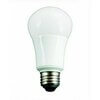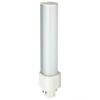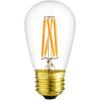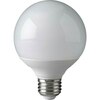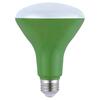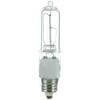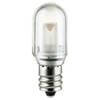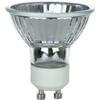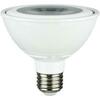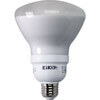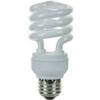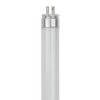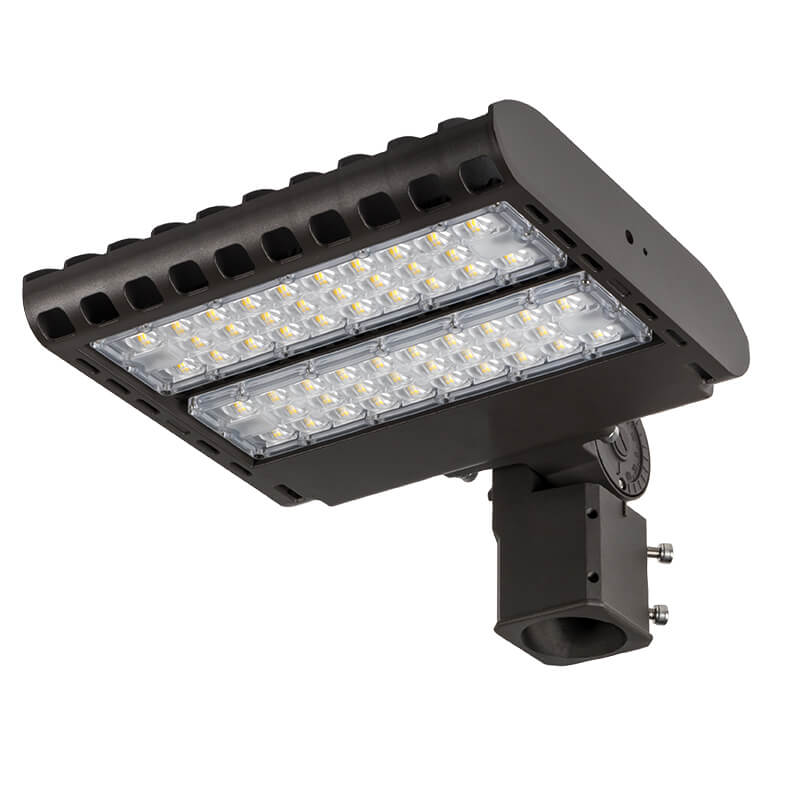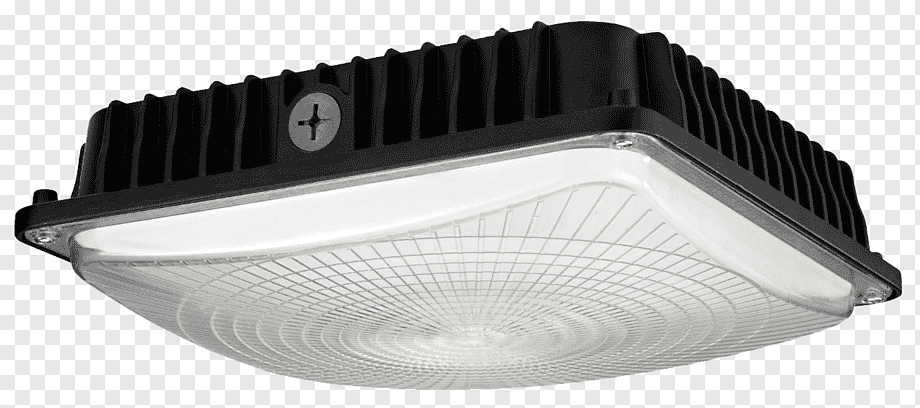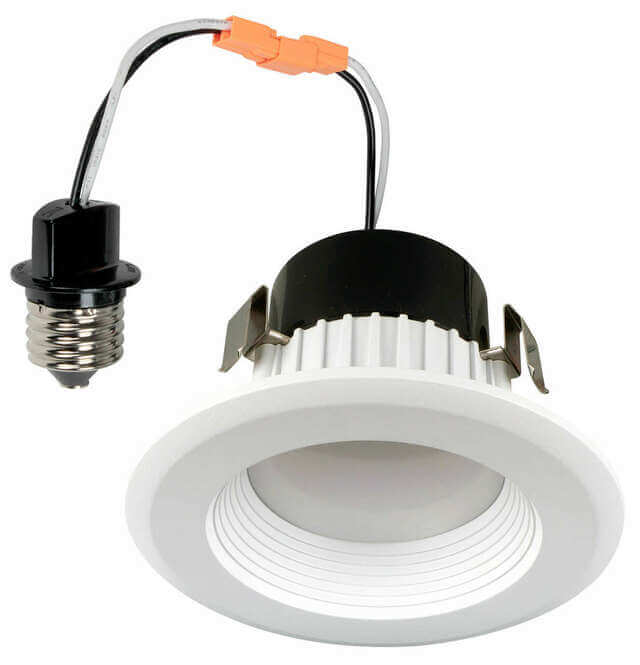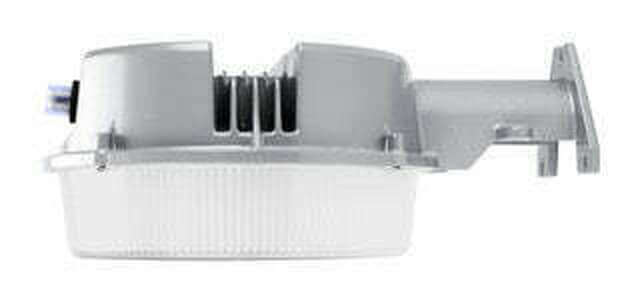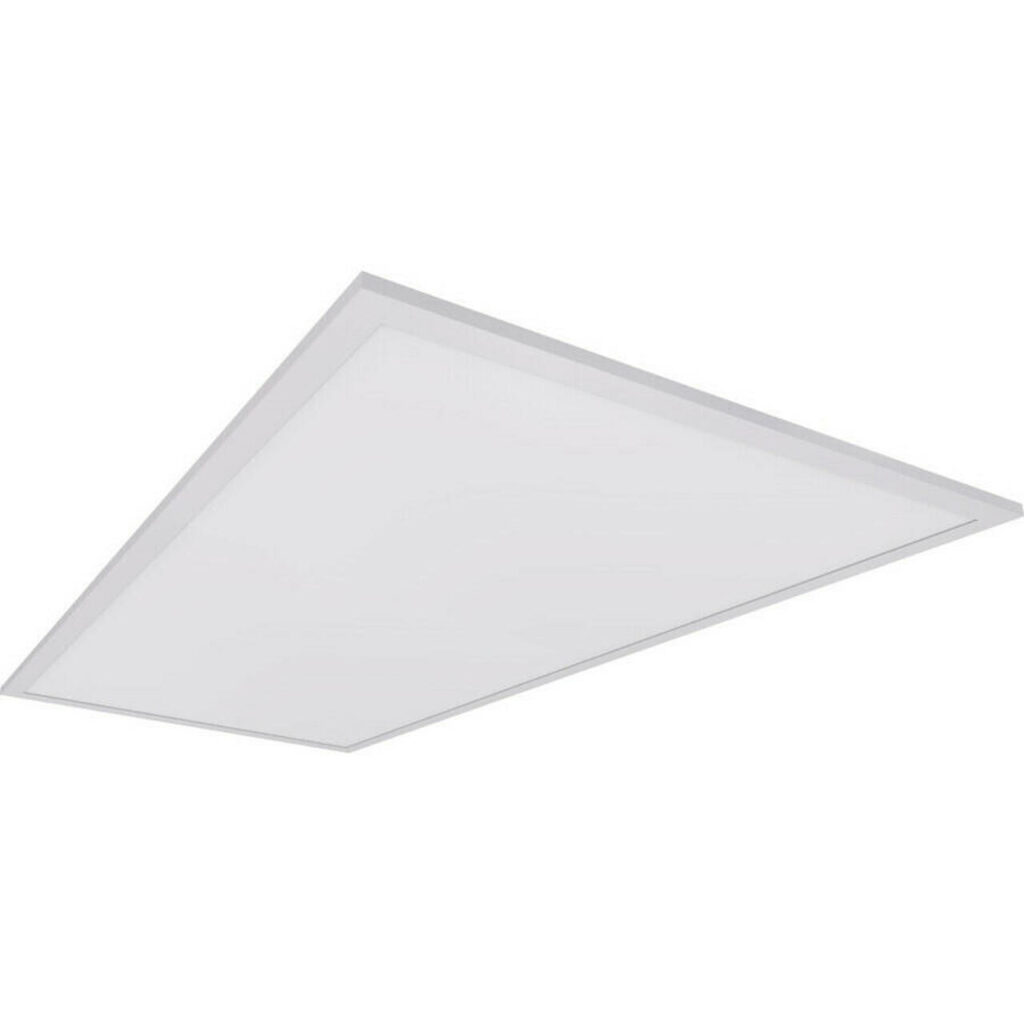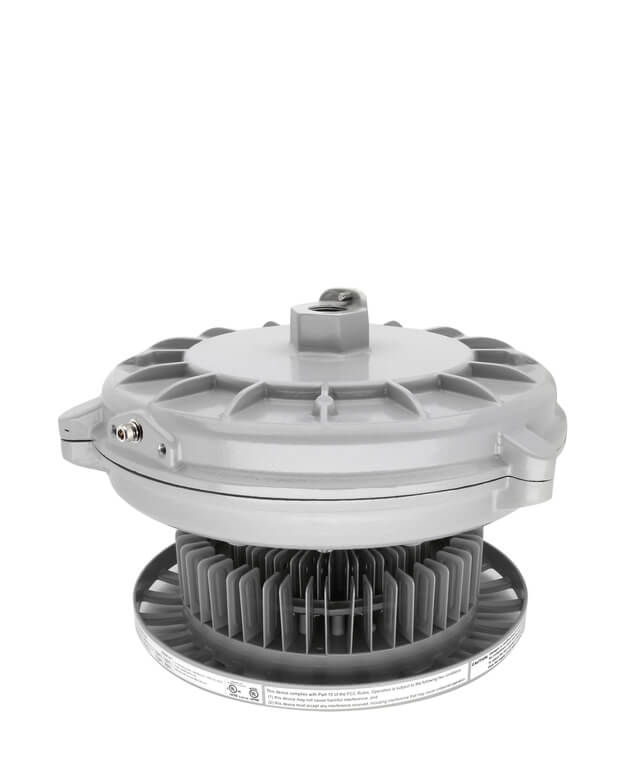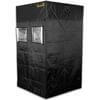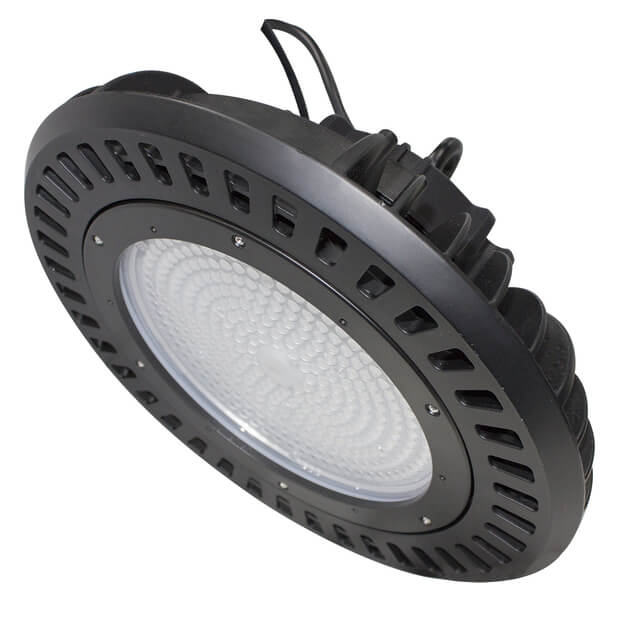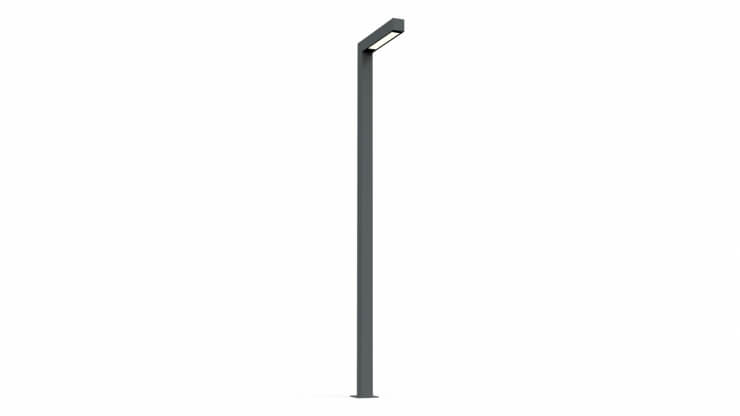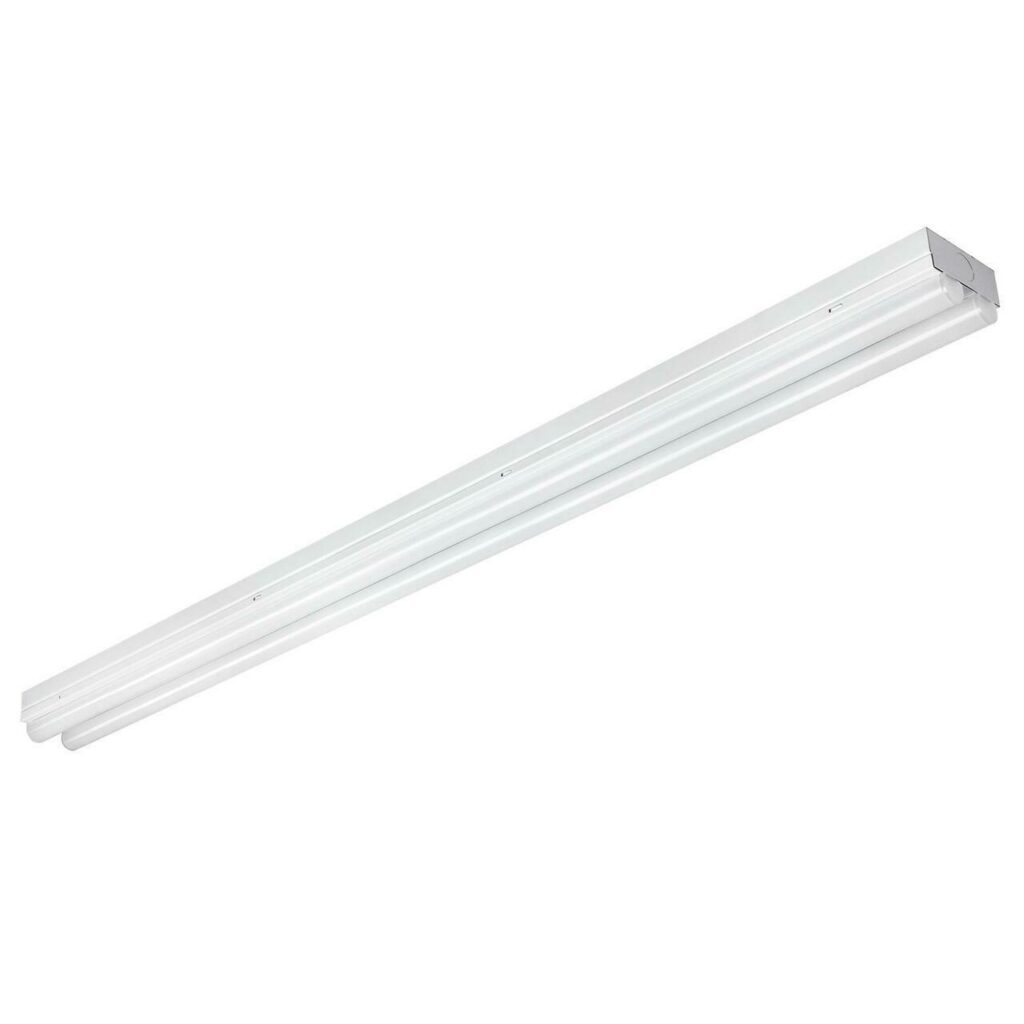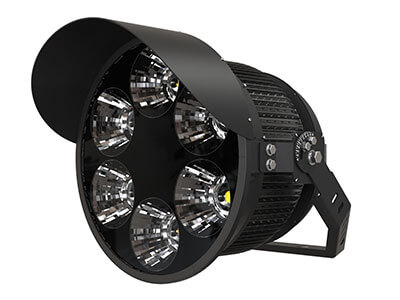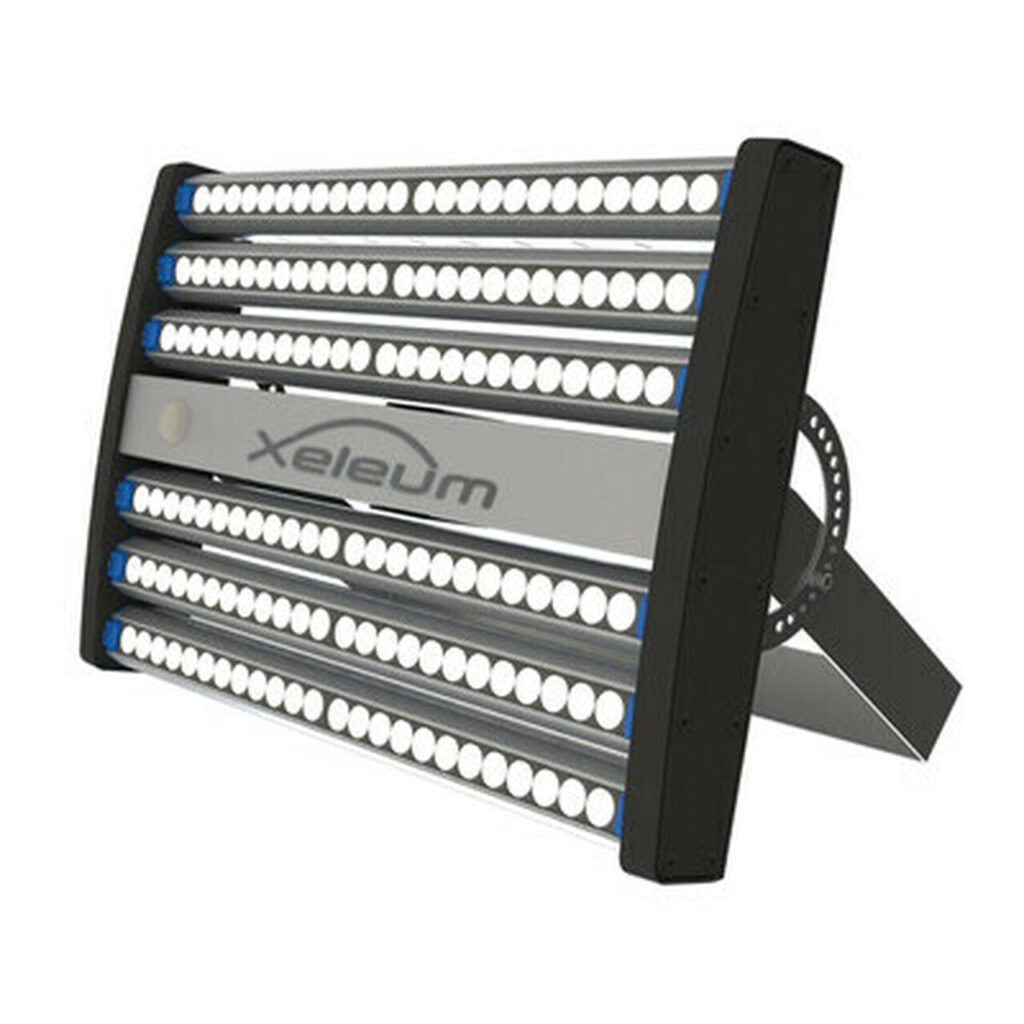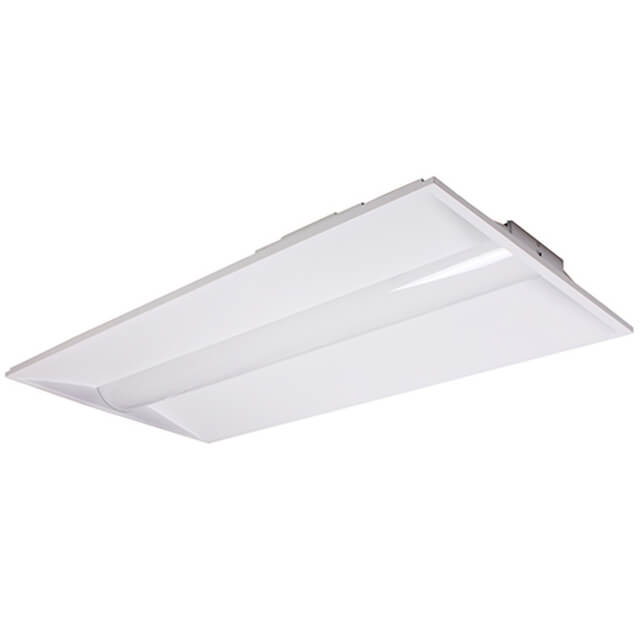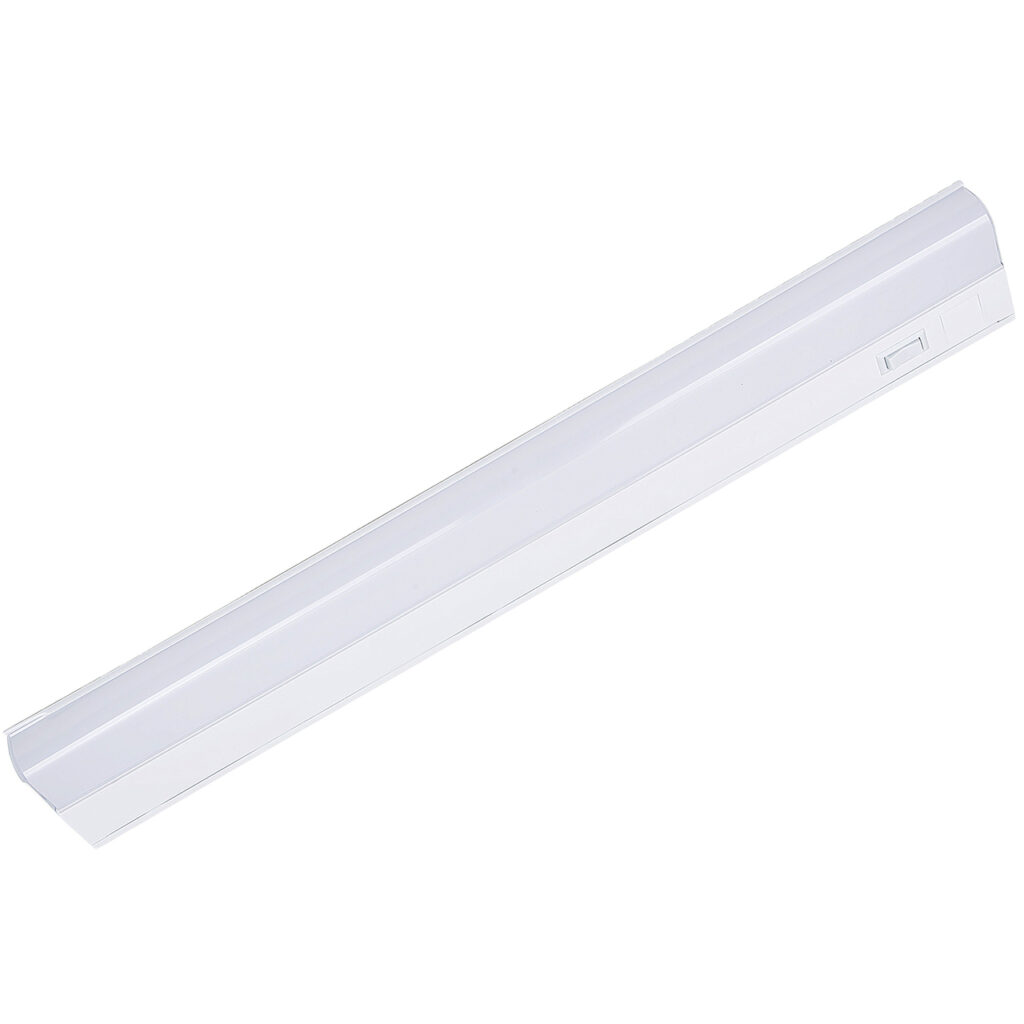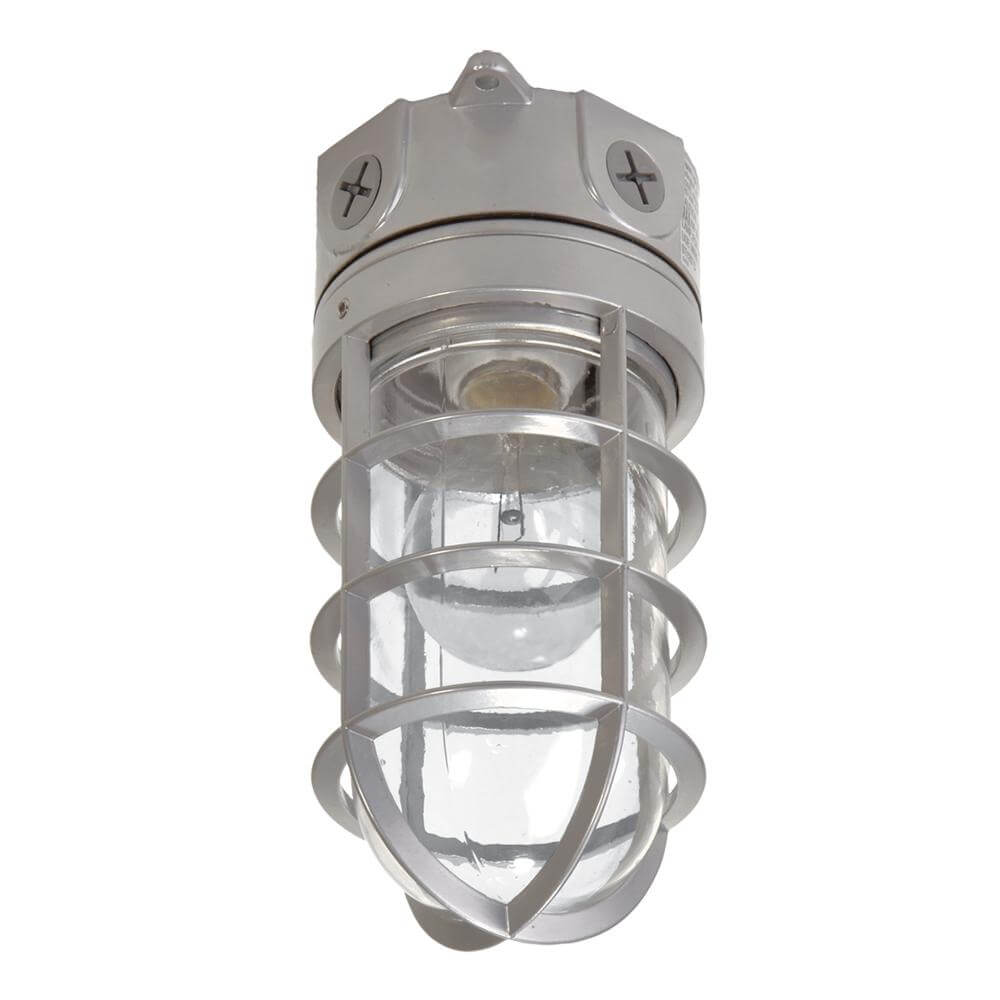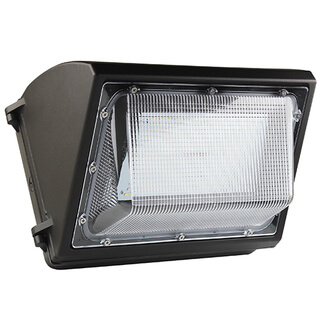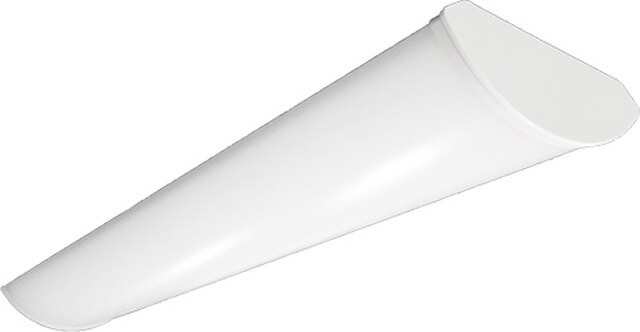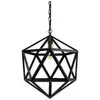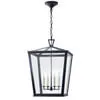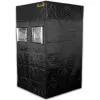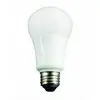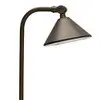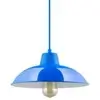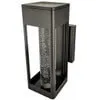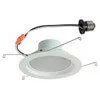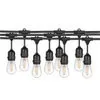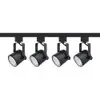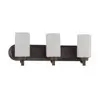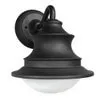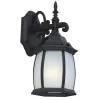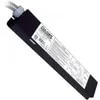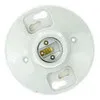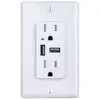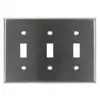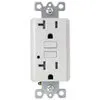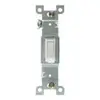We live in an age of convenience. If you need lighting fixtures, plumbing supplies, or other household materials, it’s easy to find them.
Still, perhaps you’re curious to learn more about some of these materials, especially for lighting. If you’re interested in the differences between bronze vs brass, you’ve come to just the right article. Detailed below is everything you need to know about the similarities and differences between the two.
We’ll cover things like the history of the Bronze Age, for instance. We’ll also mention how some household projects do better with one material in comparison to the other. Keep reading to become more well-versed in these two materials.
The History of Brass
Brass has been used by humans for thousands of years. There’s evidence of its use dating back to ancient civilizations such as the Egyptians, Greeks, and Romans.
During this time, brass was valued for its yellow color and its ability to be easily molded and shaped into a variety of objects. It was commonly used for coins, jewelry, and decorative objects such as vases and statuettes. The ancient Romans, in particular, were known for their skill in producing brass objects, and their use of brass spread throughout the Roman Empire, influencing other cultures and civilizations.
In the Middle Ages, brass was widely used for church applications like bells and other objects associated with religion. The use of brass for these objects was a reflection of its value as a material that was both durable and visually appealing. During the Industrial Revolution of the 19th century, advances in manufacturing techniques allowed for the mass production of brass objects, making them more widely available and affordable.
This led to increased use of brass in a variety of applications, including plumbing fixtures, musical instruments, military & tactical equipment, and ammunition. Today, brass remains a widely used material, valued for its combination of strength, durability, and beauty.
The History of Bronze
The use of bronze dates back to the Bronze Age. It lasted from approximately 3000 B.C.E. to 1200 B.C.E. in various parts of the world.
During this time, metalworkers discovered that the combination of copper and tin created a metal that was stronger and harder than pure copper. This discovery led to the widespread production and use of bronze for weapons, tools, and other objects. Bronze objects from this time period have been found in many different cultures, including the ancient Egyptians, Sumerians, and Chinese.
The widespread use of bronze during the Bronze Age marked a significant technological advancement in human history. Prior to this, people relied primarily on stone and copper tools, which were much less durable and harder to produce.
The discovery of bronze allowed people to create objects that were stronger and more versatile, leading to new possibilities in agriculture, trade, and warfare.
The use of bronze also allowed for the creation of intricate and detailed works of art, such as sculptures, that were not possible with stone or copper. You can find usages of bronze in many outdoor commercial lighting projects.
The Composition of Bronze vs Brass
You might be asking, “What is bronze made of?”. Bronze is a metal alloy composed of copper and tin.
The exact composition of bronze varies depending on the intended use of the material, but it typically contains between 60% and 95% copper and 5% to 40% tin. It’s a popular material for lighting fixtures.
So, what is brass made of? Brass, on the other hand, is an alloy of copper and zinc. The composition of brass can vary widely, with the amount of zinc ranging from 5% to 45%.
The addition of zinc to copper enhances the metal’s hardness and ductility, making it ideal for use in applications that require a metal that can be easily shaped and molded.
The Differences in Color
Bronze is known for its distinctive reddish-brown color, which is a result of the high copper content in the alloy. The color of bronze can vary slightly depending on the specific composition of the alloy and the manufacturing process used to produce it, but it typically ranges from a warm, reddish-brown to a darker brown hue.
By comparison, brass is known for its yellowish color, which is a result of the high zinc content in the alloy. It can be popular for some features in a residential project.
The exact shade of brass can vary depending on the specific composition of the alloy and the manufacturing process used to produce it. It typically ranges from a light, yellowish-gold color to a deeper, more reddish-gold hue. You might also find it used throughout indoor commercial lighting fixtures.
How Are They Used Differently?
One of the most prominent uses of bronze is in art and architecture, where it’s prized for its strength, durability, and distinctive reddish-brown color. Bronze sculptures, for example, are renowned for their beauty and longevity, and have been used to create some of the most iconic works of art in history. Bronze is also used extensively in the construction of buildings, where it is used for door knobs, window frames, and other decorative elements.
Brass, though, is a material that is commonly used in a variety of industrial and consumer products. One of the most common uses of brass is in plumbing and lighting fixtures, where it’s prized for its durability and resistance to corrosion. Make sure you continue your research into today’s lighting trends.
The Effects of Corrosion
Bronze has a higher resistance to corrosion compared to brass, due to its higher tin content. Tin acts as a protective layer that helps prevent the copper in the bronze alloy from corroding. This makes bronze ideal for use in applications where the metal will be exposed to corrosive elements, such as outside.
Brass is more susceptible to corrosion in certain environments, such as salt water. This is because the zinc in the brass alloy can corrode when exposed to salt water.
Source the Perfect Lighting Materials for Your Needs
You now know much more about the differences between bronze vs brass. You might be thinking about which would be best for your upcoming lighting project.
If that’s the case, we’re here to help. We encourage you to browse through the rest of our website to see how it could benefit you.
At Lighting and Supplies, our team of knowledgeable lighting experts is here to help. Whether it’s a residential or a commercial lighting project, we have everything you need. Start by contacting us so we can collaborate on the most effective use of your resources.













